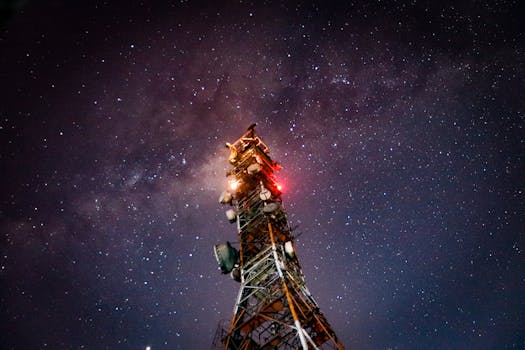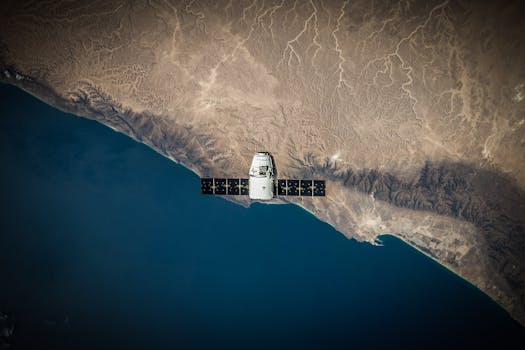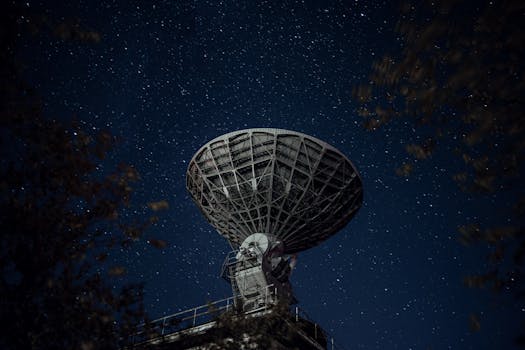
MEO Satellites: Revolutionizing Global Communication with Medium Earth Orbit Technology
Medium Earth Orbit (MEO) satellites are revolutionizing the way we communicate globally. With their unique orbital position, MEO satellites offer faster and more reliable connections, making them an essential component of modern satellite communication systems. In this article, we will delve into the world of MEO satellites, exploring their history, technology, and applications.
MEO satellites are a type of satellite that orbits the Earth at an altitude of approximately 2,000 to 36,000 kilometers. This orbital position allows MEO satellites to provide coverage of the entire Earth’s surface, with the exception of the polar regions. The first MEO satellite was launched in the 1970s, but it wasn’t until the 1990s that this technology started to gain traction. Today, MEO satellites are used for a variety of applications, including navigation, communication, and Earth observation.
How MEO Satellites Work

MEO satellites work by transmitting and receiving signals to and from Earth-based stations. These signals are used to provide a range of services, including voice and data communication, navigation, and television broadcasting. MEO satellites are equipped with transponders, which are responsible for amplifying and re-transmitting the signals. The satellites also have antennas, which are used to receive and transmit the signals.
One of the key benefits of MEO satellites is their ability to provide high-speed data transfer. With data transfer rates of up to 10 Gbps, MEO satellites are ideal for applications that require high-bandwidth connectivity, such as video conferencing and cloud computing. Additionally, MEO satellites have a lower latency compared to Geostationary (GEO) satellites, making them more suitable for real-time applications.
Applications of MEO Satellites

MEO satellites have a wide range of applications, including navigation, communication, and Earth observation. In the field of navigation, MEO satellites are used to provide location information and timing signals. The Global Positioning System (GPS) is a well-known example of a navigation system that uses MEO satellites.
In the field of communication, MEO satellites are used to provide voice and data services to remote and underserved areas. They are also used to provide backup connectivity in the event of a terrestrial network outage. MEO satellites are also used for television broadcasting, providing channels to millions of viewers around the world.
In the field of Earth observation, MEO satellites are used to collect data about the Earth’s surface and atmosphere. This data is used for a variety of applications, including weather forecasting, climate monitoring, and natural disaster management.
Future of MEO Satellites

The future of MEO satellites looks promising, with several new constellations and systems being developed. One of the most notable examples is the O3b constellation, which is a network of MEO satellites that provides high-speed internet connectivity to underserved areas. Another example is the OneWeb constellation, which aims to provide global internet coverage using a network of MEO satellites.
In conclusion, MEO satellites are an essential component of modern satellite communication systems. With their unique orbital position and high-speed data transfer capabilities, MEO satellites are revolutionizing the way we communicate globally. As the demand for satellite-based services continues to grow, the role of MEO satellites will become increasingly important.
See more:




